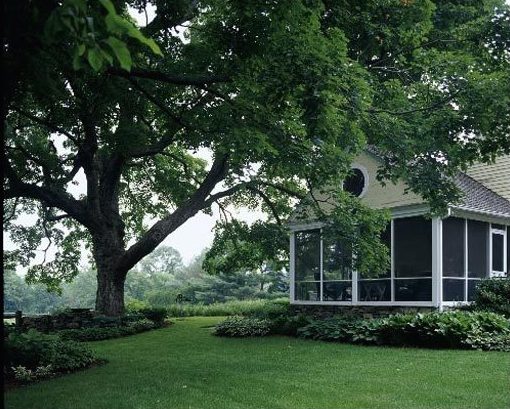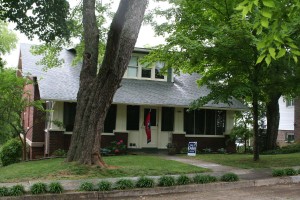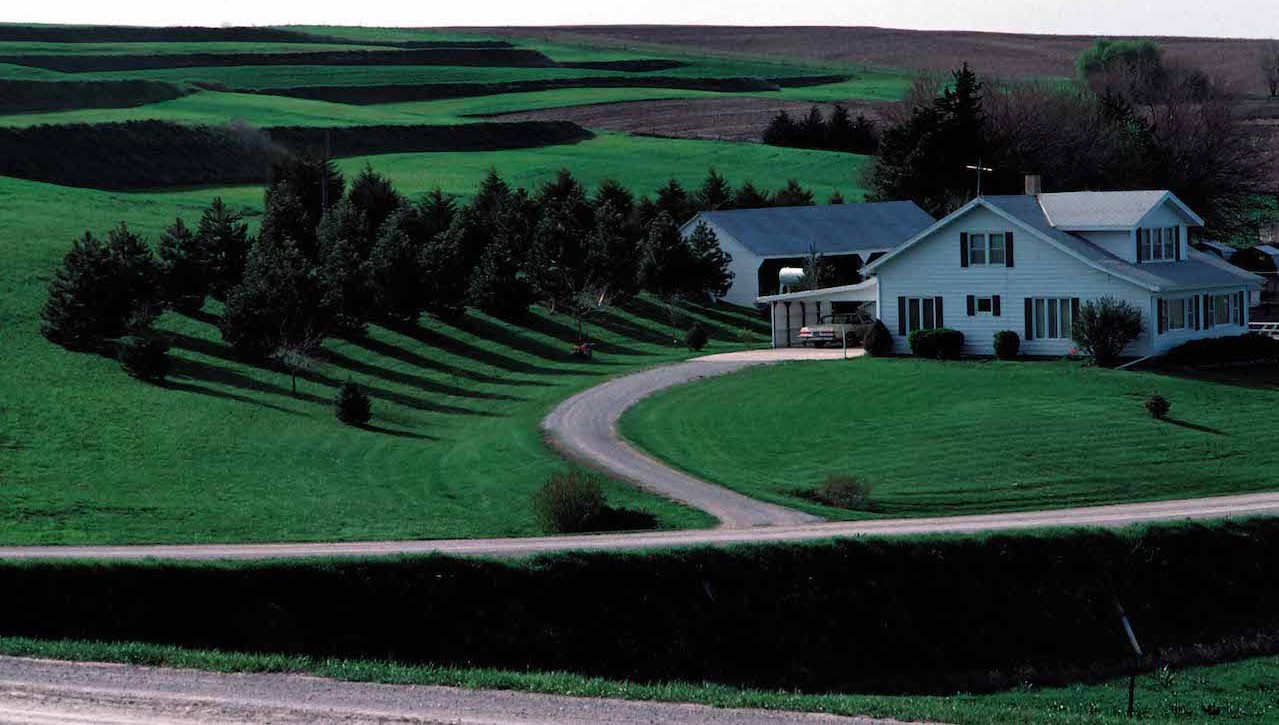
March 2023
Read Time: 5 Minutes
Homeowners take on landscaping projects for many reasons. Some make the investment to improve the aesthetics of their property, others to increase their property’s value, add curb appeal, and even attract wildlife. If you are planning a landscaping project this spring or summer, you may want to consider an old technique that has been making a noticeable comeback in recent years: Smart Landscaping.
What is Smart Landscaping?
Smart landscaping is a term to describe strategically planned landscaping that considers the layout and climate of your land to promote energy conservation in the home. While smart landscaping is a more modern term, the practice has been around for hundreds of years. Though it was less about energy savings and more about staying cooler or warmer throughout the year.
Before the advent of modern heating and cooling technologies, most homes were built and designed with landscaping in mind. Strategically placed trees, shrubs, and shaping of the land would benefit the residents immensely by keeping the home comfortable throughout the changing seasons.
With today’s rising energy costs and growing concerns for the environment, many homeowners aren’t investing in landscaping projects to solely add curb appeal to their property, they’re using it to cut heating and cooling costs.
Are the energy savings worth it?
If you look at the data, absolutely! More than half of energy use in homes is for heating and air conditioning. The average bill for heating and cooling costs around $100-$150 per month. According to the US Department of Energy, strategically positioned trees can save up to 25% of a household’s energy consumption for heating and cooling. That’s an average savings of $300-$425 in energy costs annually.
Smart Landscaping in Wisconsin
How you plan your smart landscaping project largely depends on your region’s climate. In Wisconsin, it’s important to consider that it can get quite hot in the summer and very cold during the winter. With that in mind, deciduous (leaf-shedding) trees, are best suited for smart landscaping in Wisconsin.
Controlling Passive Solar Heating

Deciduous trees offer the best year-round savings because they provide optimal shade during the summer while still allowing the winter sun to shine through. Therefore, reducing heating costs during the winter when the trees are barren of leaves.
Prioritize planting shade trees directly West of West-facing windows. Planting shade trees East of East-facing windows should be your second priority. Select a tree that can be planted within twenty feet of the window and that will grow at least ten feet taller than the window once mature. When space permits, use as many trees as needed to create a continuous planting along all major West- and East-facing windows.
It may seem counter-intuitive, but the least energy-efficient place for a tree is directly south of your home. In the summer months, the sun is directly overhead during the warmest times of the day. The shadow of a tree will fall directly beneath it, missing the house to the north entirely.
This also makes for less efficiency during the winter when the sun is lower in the sky. The shadow of the same tree will fall on the house throughout most of the day and reduce any benefit from passive solar heating.
Do Your Air Conditioner a Favor
Shading your home’s structure can offer significant savings on cooling costs during the summer, but don’t forget about your air conditioning unit. A shaded air conditioner’s workload is much less than one that is exposed. Lessening its workload not only increases its lifespan but also makes it more efficient. Most utility providers suggest planting trees to shade your air conditioning condenser and report doing so can cut your cooling costs by another 10%.
Please note: the outdoor unit needs a buffer or space of 3 feet around the unit for proper airflow. If you overcrowd the unit in an effort to shade it, it will actually have the opposite effect. Plan carefully and monitor the unit to ensure it has optimal airflow.

Wind-Breaks
Evergreen trees and hedges planted to the North and Northwest of the home are the most common type of windbreak but fences can also be used. Trees, hedges, fences, and shrubs are often used in conjunction to impede wind from ground level to the tree canopy. Be careful not to plant evergreens too close to your home’s South/Southwest side if you are banking on warmth from the winter sun.
A windbreak will reduce wind speed for a distance of as much as 30 times the windbreak’s height. As a rule of thumb, place your windbreak at a distance from your home that is two to five times the height of your windbreak. If planting trees or bushes, consider the height your windbreak will be when fully mature.
Key Takeaways
Your home’s comfort level and energy consumption are heavily influenced by the conditions in your area. Air and ground temperatures, sunlight entering through windows, and air leaks around doors and windows all make a difference in your home’s efficiency. Just a few simple considerations when landscaping your property can make a significant difference in your comfort and wallet.
Want to read more blog posts from Kettle Moraine Heating & AC?





